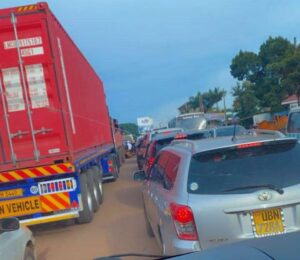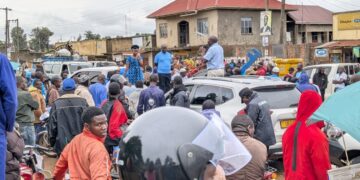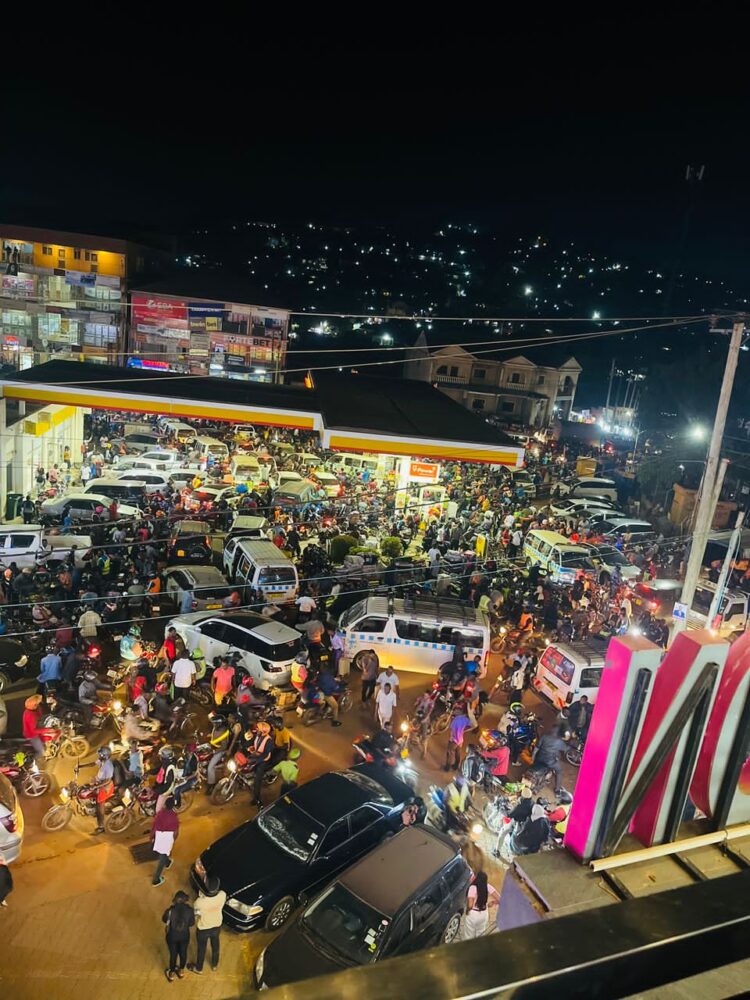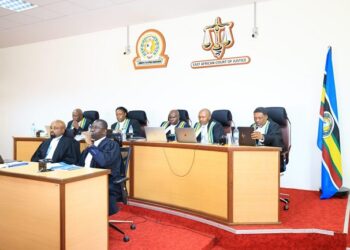OPINION
By KUTEGYEKA IVAN OMUPAKASI
The government’s implementation of the Electronic Payment System (EPS) for traffic fines is, in principle, a commendable initiative. As a citizen, I fully support efforts to instill discipline on our roads especially when it comes to reckless driving and speeding. However, before we embrace digital enforcement, we must ask an inconvenient yet crucial question: Do we even have the road infrastructure to support such a policy?
A drive along Jinja Road, Entebbe Expressway, Masaka Road, or the Bwaise Bypass paints a painfully clear picture. While EPS is designed to deter reckless speeders like Subaru or Benz drivers who dangerously overtake multiple vehicles and end up hitting unsuspecting pedestrians the reality is far more complicated. EPS can only be effective in a system properly prepared to support it, and Uganda’s road network is far from ready.
Let’s face it: our main roads are suffocating under the weight of congestion, poor planning, and neglect. Worse still, the alternative routes connecting to major highways are often in deplorable condition. Take the Kiwanga-Sonde road as a classic example completely dusty and barely passable. I challenge any government official, even the President himself, to drive on it and experience firsthand what ordinary Ugandans go through daily. The Kireku road near Mukono, connecting to Uganda Christian University, is another impassable disaster.
How can drivers be expected to maintain a speed limit of 30 km/h when they spend hours in gridlock, dodging boda bodas, fighting for space with trailers roads never designed for such traffic volume? Without expanding our roads and constructing new tarmacked routes to ease congestion, EPS becomes a punishment rather than a solution. It’s like installing CCTV cameras inside a collapsing building to monitor tenant behavior it completely misses the point.
The consequences of enforcing EPS prematurely are not theoretical but very real and dangerous. Businesses that rely on swift deliveries will suffer. Emergency patients being rushed to hospitals may lose precious time. All this, while trucks, taxis, motorcycles, and personal cars continue to share the same narrow lanes without meaningful traffic alternatives.

Law enforcement cannot be discussed in isolation from infrastructure development. A responsible government must prioritize expanding highways, tarmacking critical feeder roads, and upgrading alternative routes before embarking on a punitive digital fine campaign. EPS should be part of a holistic traffic management strategy not a mere shortcut for revenue collection.
Let us first build a system where drivers have no excuse to break the rules, and then hold them accountable when they do.
Until then, enforcing EPS risks turning a safety measure into an oppressive tool and that is not how progressive nations solve problems.







































